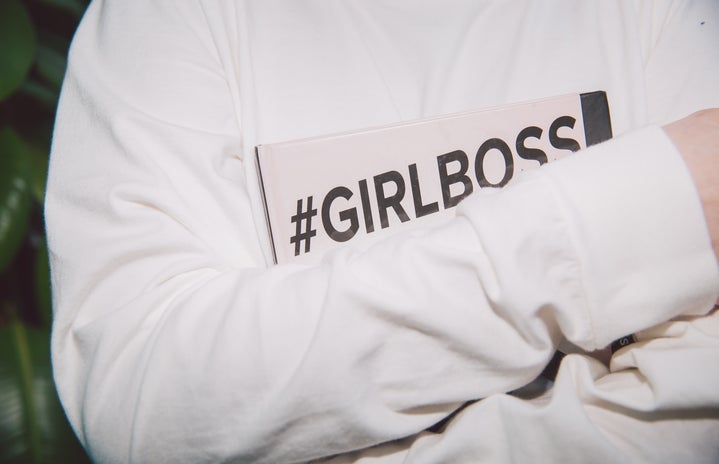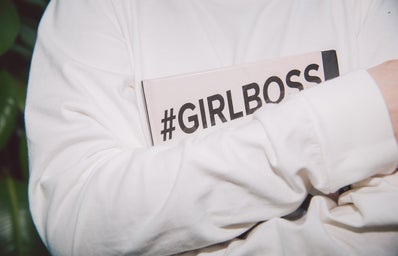Over the last few years, there has been a trend on social media known as the “that girl” trend. If you are on any form of social media, whether it be Instagram, TikTok or Pinterest, you have likely been exposed to the “that girl” trend in some form or another. This trend came to prominence during the COVID-19 pandemic and the increase of self-improvement messaging. Though this may seem like a harmless trend on the surface, and can absolutely be used in a way that is helpful, the “that girl” trend has extremely problematic tendencies and can be harmful to people’s well-being.
First of all, who is “that girl”? The trend follows people, predominantly women, as they go through their daily life via social media, composed either into pictures or a short video. There are numerous patterns that are shared in all of these posts, including waking up early, a morning workout routine, a traditionally healthy breakfast and a form of self-care, such as journaling or goal-setting. All of these things usually occur before 9 a.m. in the morning, when the work days start. This follows most social media with aesthetically pleasing pictures and lots of filtered food shots.
So, why is this trend problematic?
First of all, the “that girl” trend is almost always done by influencers with a higher socioeconomic status, which makes the trend frequently unattainable for the average person. Most of us can’t afford to eat smoothie bowls every morning or have expensive vitamins with our lemon water. Many of us can’t afford to go to expensive gyms or take expensive pilates classes. It is just not feasible.
This is also true about time. Realistically, many of us do not have the time between the hours of 5 a.m. and 9 a.m. to do all of the things “that girl” does. This is especially true of people who are caretakers, dealing with any form of chronic illness or other extenuating circumstances. This can lead to a toxic view that this is how all people should do their mornings, even though it is unattainable for most of the population, which can cause people to feel like they are not good enough or are not doing enough in the morning.
Along with the trend capitalizing on feelings of inadequacy, the “that girl” trend is also a major proponent of toxic work culture and workaholism. It promotes the idea that you have to be constantly doing something at every hour of the day in order to be productive. It is unrealistic to assume that you can complete all the activities “that girl” does every morning, or even one morning for some of us. We live in a culture that believes that you are only valuable when you are working, whether that be in a career setting or anything else, and this trend frequently plays into that. This doesn’t mean that the activities “that girl” does are bad for you; in fact many are great to do. It just isn’t sustainable to expect yourself to do all of them every morning.
Trends that capitalize on feminine people often try to make people feel inadequate in their current lives, and the “that girl” trend is no exception. More often than not, influencers tell us that we just need to “push harder” in order to accomplish our goals and feel good about ourselves, when, in reality, they have significantly greater means and opportunities than any of us could hope for. If you like the “that girl” trend, and it makes you want to change up your life in some way, that’s totally fine! There is always a way to consciously consume media so that it can be beneficial. But, overall, remember that “that girl” is not real. She was created by an influencer, and that is all she will ever be: a false reality.


